Pain Relief for Infants: Understanding and Managing Baby Discomfort
How do infants experience pain. What are the signs of discomfort in babies. How can parents help alleviate their infant’s pain. What non-medicinal methods are effective for infant pain relief. Why is proper pain management crucial for babies.
The Reality of Infant Pain: Debunking Misconceptions
For decades, a pervasive myth suggested that infants don’t feel pain or at least not to the same degree as adults. However, modern research has thoroughly debunked this notion. Infants do indeed experience pain, and their inability to verbalize it makes proper pain management even more crucial.
Why is this understanding so important? Unmanaged pain in infants can have long-lasting consequences, affecting their neurological development and potentially altering their pain responses later in life. This realization has led to a paradigm shift in neonatal and pediatric care, with healthcare providers now prioritizing pain assessment and management for even the youngest patients.
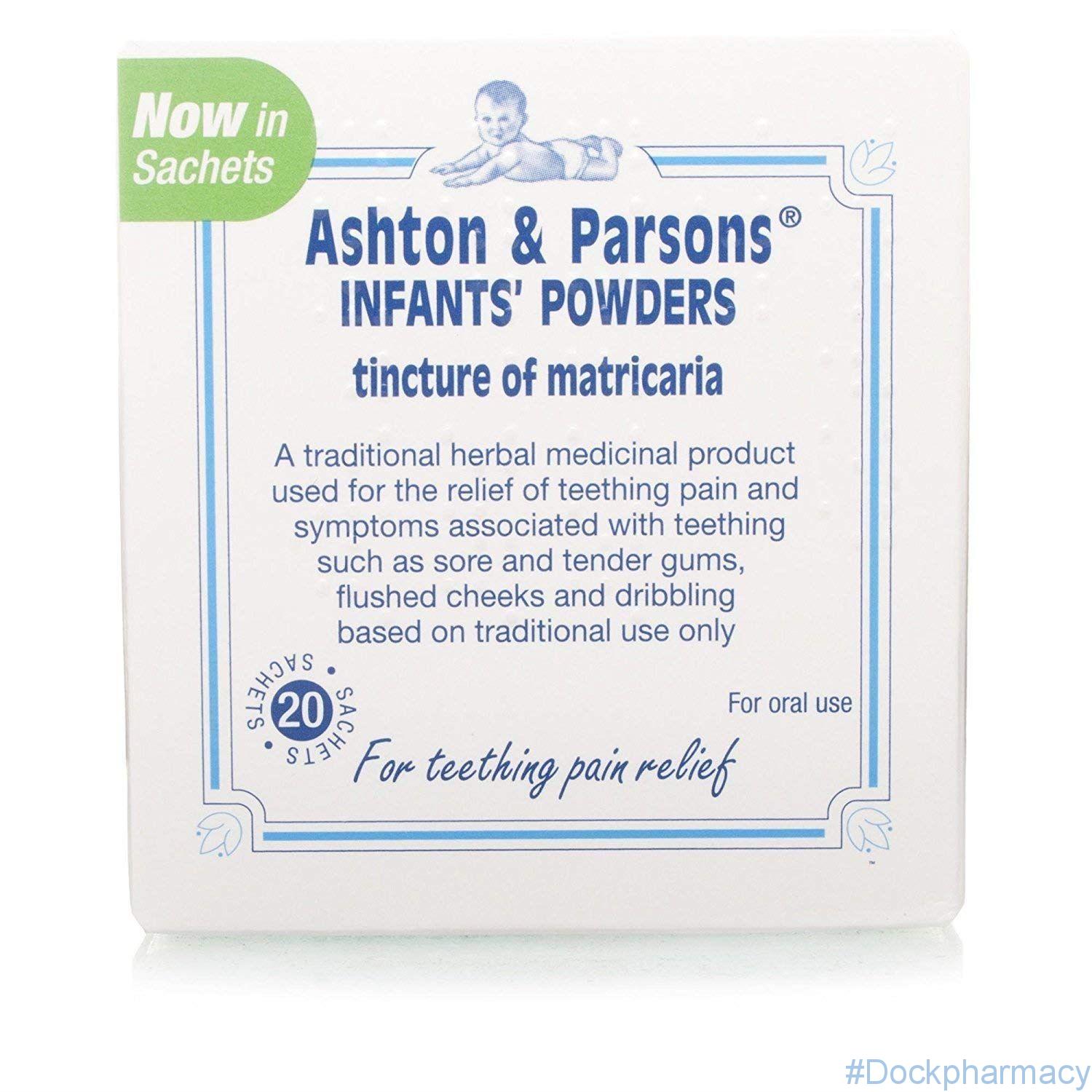
Common Causes of Infant Pain
Infants may experience pain due to various reasons, including:
- Post-surgical discomfort
- Medical procedures (e.g., blood draws, vaccinations)
- Infections
- Colic or digestive issues
- Teething
- Minor injuries or accidents
Understanding these potential sources of pain is the first step in providing effective relief and comfort to infants.
Decoding Baby’s Distress: Recognizing Pain Signals
One of the biggest challenges in managing infant pain is accurately identifying when a baby is in discomfort. Unlike adults or older children, infants can’t verbalize their pain or point to where it hurts. This communication barrier necessitates a keen understanding of non-verbal cues and behavioral changes that may indicate pain.
Behavioral Indicators of Infant Pain
Healthcare professionals and parents should be aware of the following signs that may suggest an infant is experiencing pain:
- Crying: Increased intensity, pitch, or duration of crying
- Facial expressions: Furrowed brow, squeezed eyes, quivering chin
- Body movements: Tensed muscles, pulled-in arms, raised legs, or rigid body
- Changes in sleep patterns: Difficulty falling asleep or staying asleep
- Appetite changes: Refusal to eat or decreased feeding
- Irritability and restlessness
- Changes in vital signs: Increased heart rate, breathing rate, or blood pressure
Is crying always an indicator of pain in infants? While crying is often associated with discomfort, it’s important to note that not all crying signifies pain. Babies cry for various reasons, including hunger, fatigue, or a need for attention. Conversely, some very sick or premature infants may be too weak to cry even when in pain. Therefore, it’s crucial to consider multiple factors when assessing infant pain.
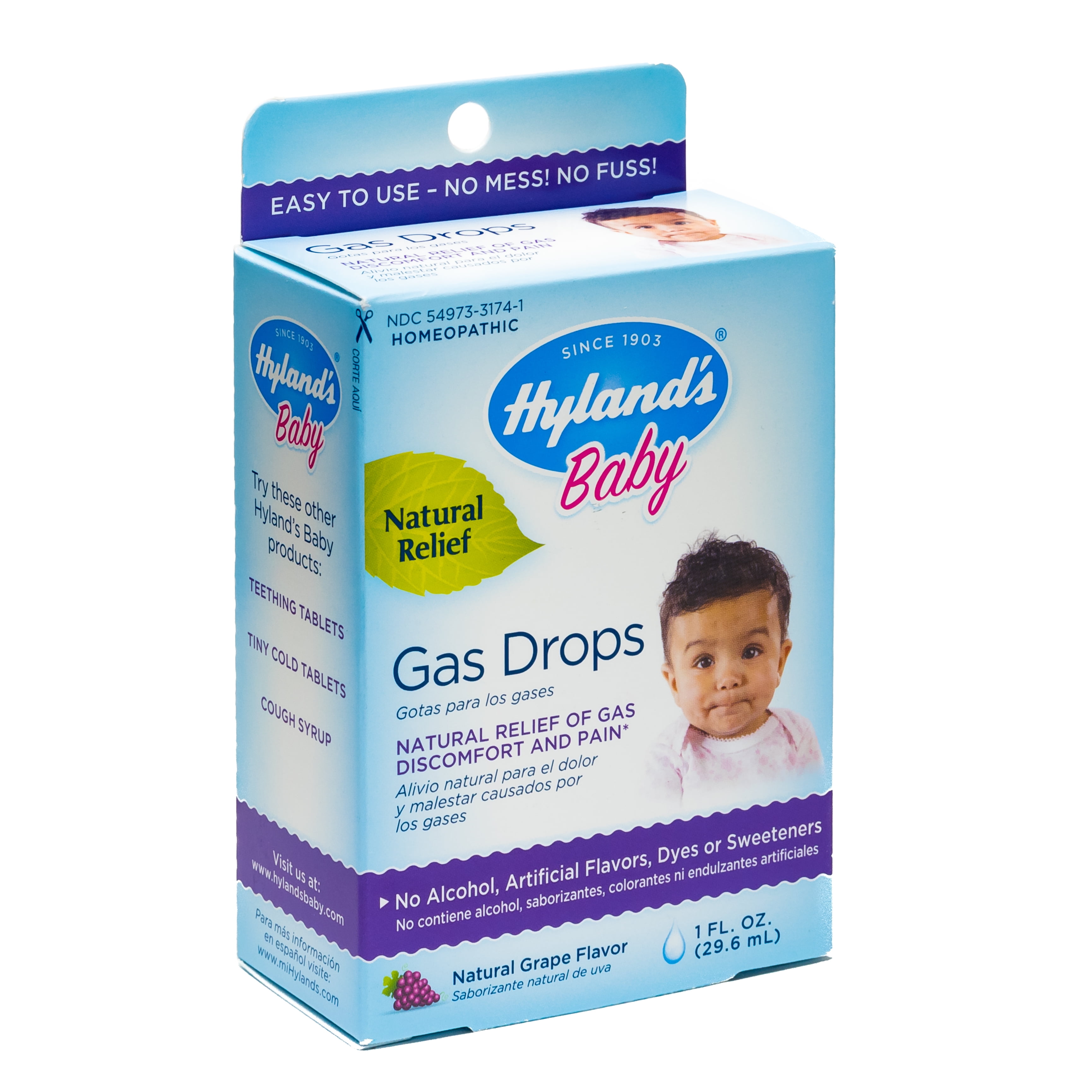
The Parental Role in Infant Pain Management
Parents play a pivotal role in managing their infant’s pain. Their intimate knowledge of their baby’s normal behavior and temperament makes them invaluable partners in the pain assessment and management process. How can parents contribute effectively to their baby’s pain relief?
Strategies for Parental Involvement
- Be present during medical procedures
- Communicate observations about changes in the baby’s behavior to healthcare providers
- Participate in pain assessment discussions with medical staff
- Provide comfort through touch, holding, and soothing voices
- Advocate for appropriate pain management when necessary
What specific actions can parents take to comfort their baby during painful experiences? Simple techniques like gentle patting, massaging, rocking, or talking in a soothing voice can significantly help calm an infant. These actions not only provide immediate comfort but also help strengthen the parent-child bond during stressful situations.

Non-Medicinal Approaches to Infant Pain Relief
While medication has its place in pain management, non-pharmacological methods can be highly effective in reducing infant discomfort. These approaches focus on creating a soothing environment and providing comforting stimuli to help babies cope with pain or distress.
Environmental Modifications
Creating a calm environment can significantly impact an infant’s comfort level. Consider the following adjustments:
- Reducing ambient light levels
- Minimizing noise and unnecessary activity around the baby
- Maintaining a comfortable room temperature
- Ensuring the baby is positioned comfortably
Comfort Measures
Several non-invasive techniques can help soothe infants and reduce their perception of pain:
- Sucrose solution: Administering a small amount of sugar water before, during, and after painful procedures can help reduce pain perception in infants.
- Non-nutritive sucking: Allowing the baby to suck on a pacifier can provide comfort during medical procedures.
- Swaddling: Wrapping the baby snugly in a blanket can provide a sense of security and warmth.
- Kangaroo care: Skin-to-skin contact between parent and baby has been shown to have numerous benefits, including pain reduction.
- Distraction techniques: Using soothing music, gentle singing, or storytelling can help divert the baby’s attention from pain or discomfort.
How effective are these non-medicinal approaches in managing infant pain? Research has shown that these methods can be highly effective, particularly for minor procedures or mild discomfort. In many cases, they can reduce or even eliminate the need for pharmacological interventions.
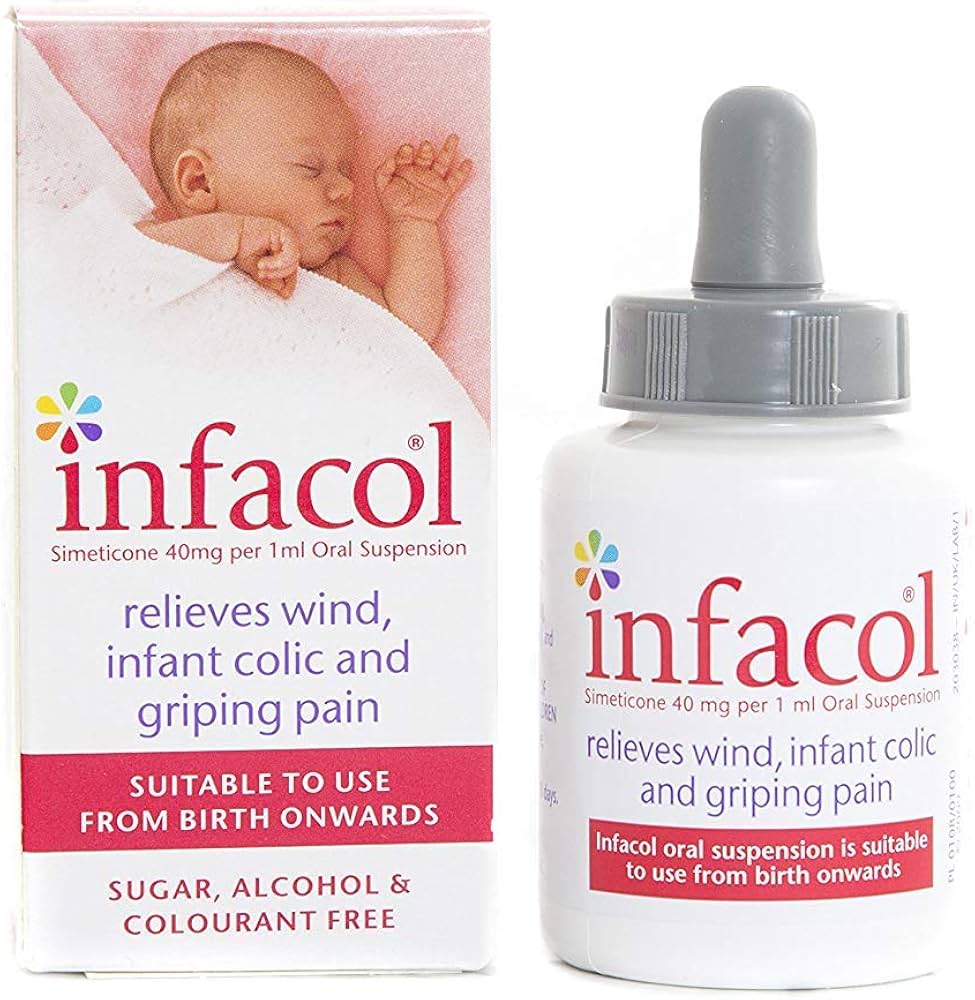
The Role of Healthcare Providers in Infant Pain Management
Healthcare providers play a crucial role in ensuring optimal pain management for infants. Their responsibilities extend beyond merely administering pain relief; they must also educate parents, assess pain accurately, and develop comprehensive pain management strategies.
Key Responsibilities of Healthcare Providers
- Conducting thorough pain assessments using validated tools
- Developing individualized pain management plans
- Educating parents about pain recognition and management techniques
- Monitoring the effectiveness of pain relief interventions
- Advocating for evidence-based pain management protocols
What specific tools do healthcare providers use to assess infant pain? Several validated pain assessment scales have been developed for use with infants, including the FLACC (Face, Legs, Activity, Cry, Consolability) scale and the NIPS (Neonatal Infant Pain Scale). These tools help standardize pain assessment and ensure consistent care across different providers.

Pharmacological Approaches to Infant Pain Management
While non-medicinal methods are often the first line of defense against infant pain, there are situations where pharmacological interventions become necessary. Understanding the types of medications used, their indications, and potential side effects is crucial for both healthcare providers and parents.
Common Medications Used for Infant Pain Relief
- Acetaminophen (Paracetamol): Often used for mild to moderate pain and fever
- Ibuprofen: Used for pain and inflammation in infants over 6 months old
- Topical anesthetics: Applied to the skin before minor procedures
- Opioids: Reserved for severe pain, typically in hospital settings
How are dosages determined for infant pain medications? Medication dosages for infants are carefully calculated based on the baby’s weight, age, and overall health status. It’s crucial that parents never administer pain medications to infants without consulting a healthcare provider first.
Balancing Benefits and Risks
When considering pharmacological interventions for infant pain, healthcare providers must carefully weigh the potential benefits against possible risks. Factors to consider include:

- The severity and duration of pain
- The infant’s overall health status
- Potential side effects of the medication
- Interactions with other treatments the infant may be receiving
This balanced approach ensures that infants receive adequate pain relief while minimizing the risk of adverse effects.
Long-Term Implications of Infant Pain Management
The way pain is managed in infancy can have far-reaching consequences that extend well into adulthood. Recent research has shed light on the potential long-term effects of both undertreated pain and overzealous pain management in infants.
Consequences of Undertreated Pain
Failing to adequately manage infant pain can lead to several negative outcomes:
- Altered pain thresholds later in life
- Increased anxiety during future medical procedures
- Potential developmental delays
- Changes in stress response systems
Concerns About Overtreatment
While proper pain management is crucial, there are also concerns about potential overuse of pain medications in infants:

- Risk of medication side effects
- Potential for developing tolerance to pain medications
- Concerns about long-term neurological effects of certain pain medications
How can healthcare providers strike the right balance in infant pain management? The key lies in individualized care plans that consider the specific needs of each infant, regular reassessment of pain levels, and a multimodal approach that combines pharmacological and non-pharmacological interventions as appropriate.
Emerging Trends and Future Directions in Infant Pain Management
The field of infant pain management is continuously evolving, with new research leading to improved understanding and novel approaches. Several exciting developments are shaping the future of how we address pain in our youngest patients.
Advancements in Pain Assessment Technology
Researchers are exploring innovative ways to objectively measure infant pain, including:
- Brain imaging techniques to visualize pain responses
- Wearable devices that monitor physiological indicators of pain
- Artificial intelligence algorithms to analyze facial expressions and body movements
These technologies hold the promise of more accurate pain assessment, potentially leading to more targeted and effective pain management strategies.

Novel Non-Pharmacological Interventions
New non-medicinal approaches to infant pain relief are also being investigated:
- Virtual reality distraction techniques adapted for infants
- Music therapy protocols specifically designed for neonatal pain management
- Acupuncture and acupressure adapted for use in infants
- Mindfulness-based interventions for parents to help manage their own stress and better support their babies
How might these emerging trends change the landscape of infant pain management? As these new approaches are validated through rigorous research, they have the potential to provide healthcare providers with a broader array of tools to manage infant pain effectively. This could lead to more personalized pain management strategies that take into account individual differences in pain perception and response.
The Role of Genetics in Infant Pain Management
An exciting area of research is the exploration of genetic factors that influence pain perception and response to pain medications in infants. This field, known as pharmacogenomics, could potentially allow for highly personalized pain management strategies based on an infant’s genetic profile.
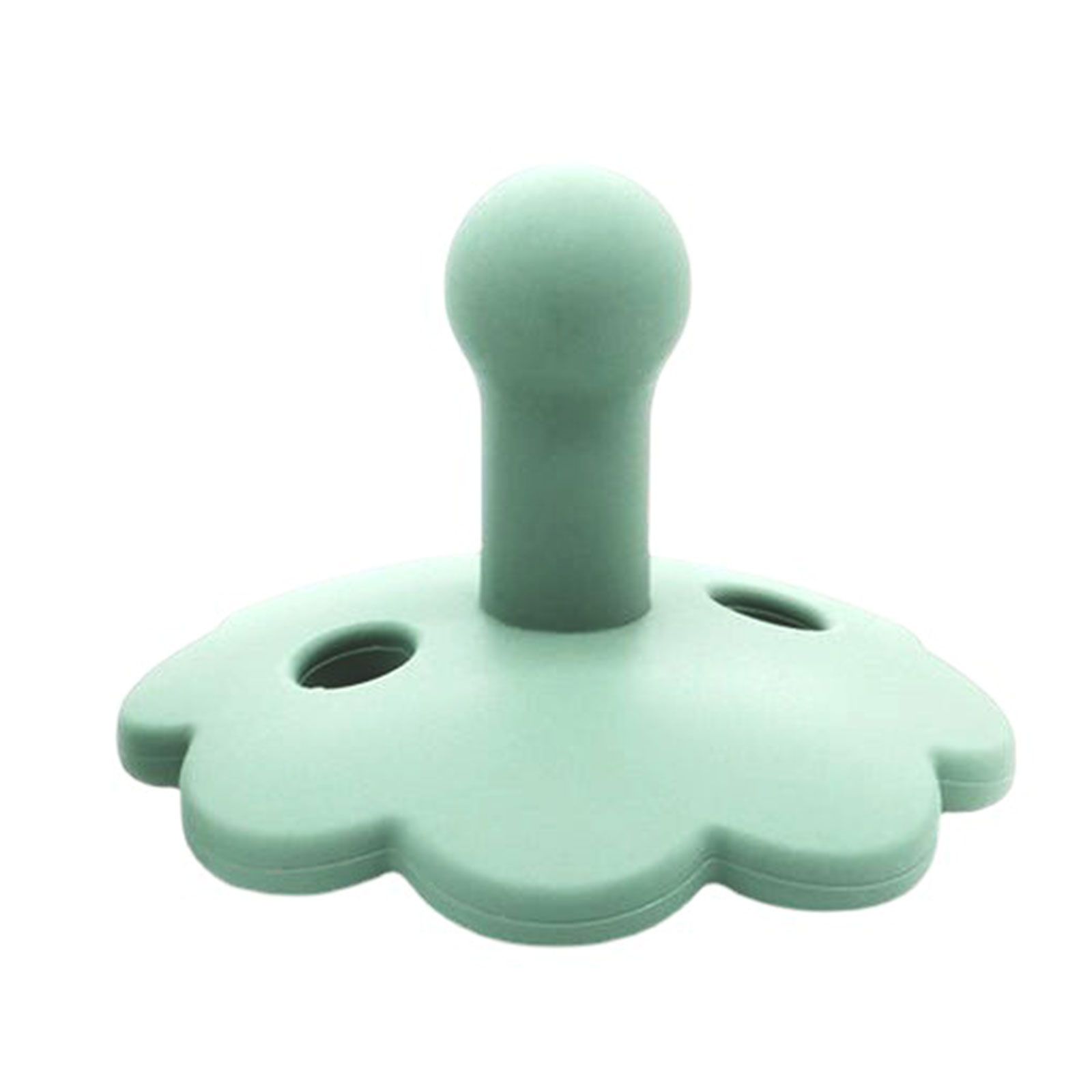
What are the potential implications of genetic testing for infant pain management? In the future, genetic testing might help predict which infants are more likely to experience severe pain or adverse reactions to certain medications. This information could guide healthcare providers in selecting the most appropriate pain management strategies for each individual infant.
Educating and Empowering Parents in Infant Pain Management
A crucial aspect of effective infant pain management is the education and empowerment of parents. When parents are well-informed about pain assessment and management techniques, they can play a more active role in their baby’s care, leading to better outcomes.
Key Areas of Parental Education
Healthcare providers should focus on educating parents in the following areas:
- Recognizing signs of pain in their infant
- Understanding the importance of pain management
- Learning non-pharmacological comfort measures
- Safe administration of prescribed pain medications
- When to seek medical attention for pain-related concerns
Empowering Parents as Advocates
Beyond education, it’s important to empower parents to advocate for their infant’s pain management needs. This includes:
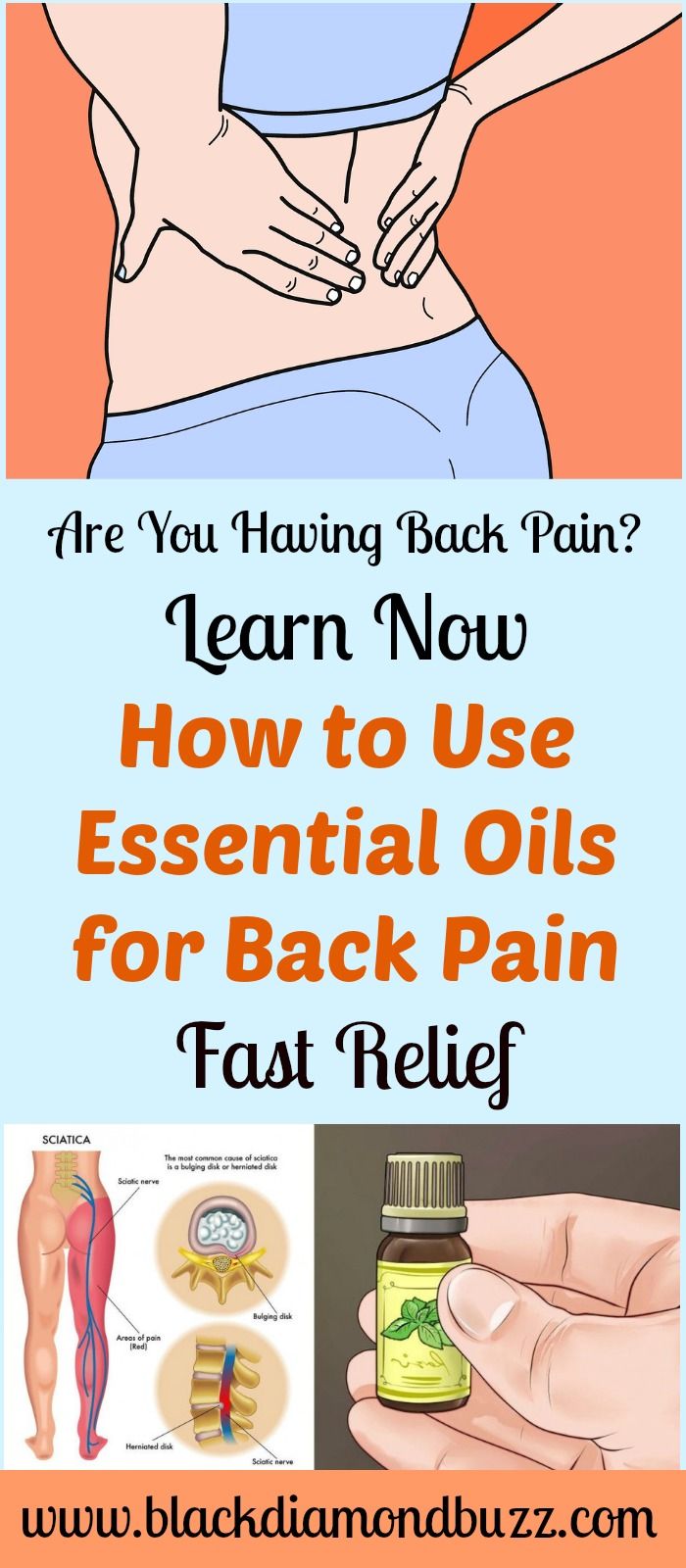
- Encouraging parents to communicate their observations and concerns to healthcare providers
- Involving parents in pain assessment and management decision-making processes
- Providing resources for parents to learn more about infant pain management
- Supporting parents in managing their own stress and emotions during their baby’s painful experiences
How can healthcare systems better support parent education and empowerment in infant pain management? Implementing comprehensive parent education programs, providing easily accessible resources (such as educational videos or online modules), and fostering open communication between parents and healthcare providers are all crucial steps. Additionally, support groups for parents of infants with chronic pain conditions can provide valuable peer support and information sharing.
By focusing on parent education and empowerment, healthcare providers can create a more collaborative approach to infant pain management, ultimately leading to better pain control and improved outcomes for infants and their families.

Pain in Infants (Babies)
Article Translations: (Spanish) (Hmong) (Somali)
Our commitment to pain management
We believe infants have a right to the best level of pain relief that can be safely provided. The Children’s Comfort Promise™ states we will do everything possible to prevent and treat pain, so we take a team approach to pain and anxiety management, using medicine and non-medicine therapies. Our goal is to have staff and families work together to assess pain promptly and treat it effectively.
Do infants have pain?
Even though infants are still developing and cannot tell us about their pain, they do feel pain, and their pain can be treated. The health care team will do all they can to relieve pain and make your baby comfortable.
Why do infants have pain?
Pain can have many causes, including:
- soreness after surgery caused by:
- the incision (an opening made in surgery)
- stretching or swelling of tissue or organs
- procedures such as starting an IV or drawing blood for a lab test
- nerves that sense tissue damage or swelling
- an achy feeling that can be caused by an infection
- sore muscles from being in bed for a long time
- discomfort from tubes
- skin abrasions or sores
How do we know an infant is in pain?
Infants cannot tell us about their pain in words, like older children, but they do give us clues by certain behaviors. We can measure pain by observing things like sleep, irritability, restlessness, appetite, movement, and vital signs (heart rate, breathing rate, blood pressure) to help decide if your baby is having pain.
We can measure pain by observing things like sleep, irritability, restlessness, appetite, movement, and vital signs (heart rate, breathing rate, blood pressure) to help decide if your baby is having pain.
How do infants act when in pain?
Infants will act differently when they are in pain than when they are comfortable. Each infant will respond individually and may be inconsistent in how they react from time to time. Infants use a combination of behaviors to signal pain. These signs may occur when the infant is not in pain, but combinations are usually present in an infant with pain. Look for the clues listed below.
- Crying: Your baby may cry robustly. Crying is often increased in pitch and length of time. Babies who are very sick or premature and have less energy may be silent even though they are uncomfortable.
- Facial expression: Babies may have a furrowed or deeply wrinkled brow with eyes squeezed shut.
 Sometimes their chin quivers. Even babies on breathing machines may do this.
Sometimes their chin quivers. Even babies on breathing machines may do this. - Muscle tension: Babies will tense up their muscles, pulling the arms in and the legs up or sometimes stretching everything out (this is called flailing). They may also clench their fists or keep their body rigid. Babies who are very sick may lose muscle tension and become floppy.
- Babies in pain are also often irritable, restless, may refuse to eat and might be unable to sleep.
- Movement will depend on your baby’s health status and energy level. Some babies will squirm and vigorously bend arms and legs. Babies that are frail may be very quiet and not move.
- Sleep/wake patterns: Babies in pain are often fussier and sleep less. Some babies may withdraw and seem to be asleep all the time.
What can parents do?
Parents have a very important role. Because you know your baby best, you can work closely with Children’s staff (such as doctors, nurses, or child life specialists) to make decisions about managing pain. You are the best person to help your baby deal with new or difficult situations. To help your baby cope with pain, you can:
You are the best person to help your baby deal with new or difficult situations. To help your baby cope with pain, you can:
- Be present, or ask others who know your baby to visit.
- Tell the staff if you think the pain is not being controlled, or if your baby is ready to have pain medicine decreased because he or she is too sleepy or more active.
Use routine calming activities before and after a stressful event: gently patting or massaging your baby, holding, rocking, or talking in a soothing voice.
What can be done to reduce pain?
Non-medicine methods
Pain is both a physical and emotional state. Infants feel pain in their body, and they may also have thoughts and memories about pain. Because infants do not yet have language, it is hard for us to know exactly what they think of it. We will partner with you to try and reduce both the feelings and the worry about pain. Here are some things that can help reduce pain for your baby:
- Change the infant’s environment.
 Less light, noise, and activity at the bedside will often help calm your baby.
Less light, noise, and activity at the bedside will often help calm your baby. - Sucking on a pacifier can help an infant cope with procedures and other painful events.
- Sugar water (24 % sucrose) is often used before, during, and after needle and other procedures to help with pain. (See the education sheet for Sucrose 24%)
- Distractions like using a soothing voice, music, stories, or songs can take an infant’s attention away from the pain or the procedure.
- Holding your baby; rhythmic motion, rocking or other slow, steady movement can help.
- Positioning infants so that they are more contained and warmer can be very comforting.
- Doing Kangaroo Care or skin-to-skin contact can be very soothing and relieve pain.
- Rubbing or gentle massage helps relax the muscles and the nerves that send pain messages to the brain, so the brain does not sense as much pain.
We will help you to learn how to use any or all of these techniques with your baby. Please check with your child’s nurse or provider to learn more.
Please check with your child’s nurse or provider to learn more.
Medicines
There are many types of pain medicines we can use. Which type is best for your baby will depend on many things, including the type of pain, how long it will last, and the reason your child has pain. Some medicines are described below.
Numbing cream, such as 4% lidocaine, can be put on the skin to numb it before a needle procedure such as an IV start, lab draw, or injection. It has to be on for at least 30 minutes to work best and help reduce discomfort with needles. It is not usually used on babies less than 37 weeks of gestation. (See the education sheet, ” Anesthetic (Numbing) cream.”)
Non-steroidal anti-inflammatory drugs (NSAIDs) reduce pain and inflammation. They can be bought over the counter and help manage mild to moderate pain. To reduce stomachache, they should be taken with food or formula when possible. Ibuprofen (Pediaprofen®, Motrin®, Advil®, or another brand) is an example of an NSAID.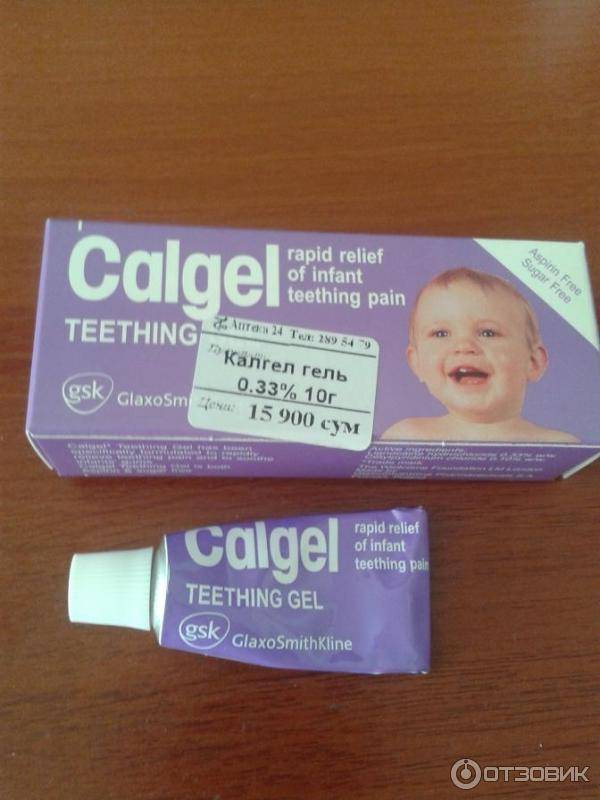
Acetaminophen (Tylenol® or another brand) is another over-the-counter medicine that helps treat mild to moderate pain. It has fewer side effects than NSAIDs but does not reduce inflammation.
Opioids are strong medicines used to treat moderate to severe pain, often used after surgery. They may be given by IV or taken by mouth. Opioids can have side effects of itching, nausea, and constipation. Infants will often become sleepy and their breathing can slow down. Sometimes NSAIDs or acetaminophen and opioids are used together. To prevent constipation, your baby may need more fluids than usual, or a stool softener.
After your baby goes home, follow your doctor’ instructions about giving pain medicines. Give the medicine as soon as the pain starts. Severe pain is harder to take away. Be sure to give medicine at bedtime to help your baby sleep comfortably. Some medicines need to be given around the clock. Your doctor will tell you the schedule for this if it is needed.
Be sure to call the doctor if the medicine does not seem to help the pain, or if the pain becomes worse. If you call the doctor about pain you might be asked if your baby has a fever, how severe the pain is based on how your baby is acting, and what the wound or surgical site looks like (if there is one).
Questions?
This sheet is not specific to your child but provides general information. If you have any questions or concerns, please talk to the doctor or the staff working with your child. Your doctor or nurse can also access other pain experts in the hospital. Good pain management is a team effort.
Last Reviewed 6/2020
Back To Top
Pain management in babies | Pregnancy Birth and Baby
Pain management in babies | Pregnancy Birth and Baby
beginning of content
7-minute read
Listen
If you have given your child too much ibuprofen or paracetamol, call the Poisons Information Centre (13 11 26) immediately or take them to your nearest hospital emergency department.
Key Facts
- Your baby can’t tell you when they are in pain, so it’s a good idea be aware of the signs.
- In the first year of life, your baby will have vaccinations and may undergo procedures like blood tests that cause minor pain and distress, but they are very important since they help keep your baby well.
- There are many ways to help reduce your baby’s pain including talking or singing to your baby, breastfeeding, swaddling and taking your baby to a dark, quiet room.
- Medicines like paracetamol and ibuprofen can be used for temporary relief of pain and discomfort.
- Any baby or young child who is unwell or in moderate to severe pain should see a doctor to find the source of the pain.
How do I know if my baby is in pain?
It can be difficult to know if a baby is in pain since they can’t directly communicate how they are feeling, but there are signs that can help you recognise when they are in pain.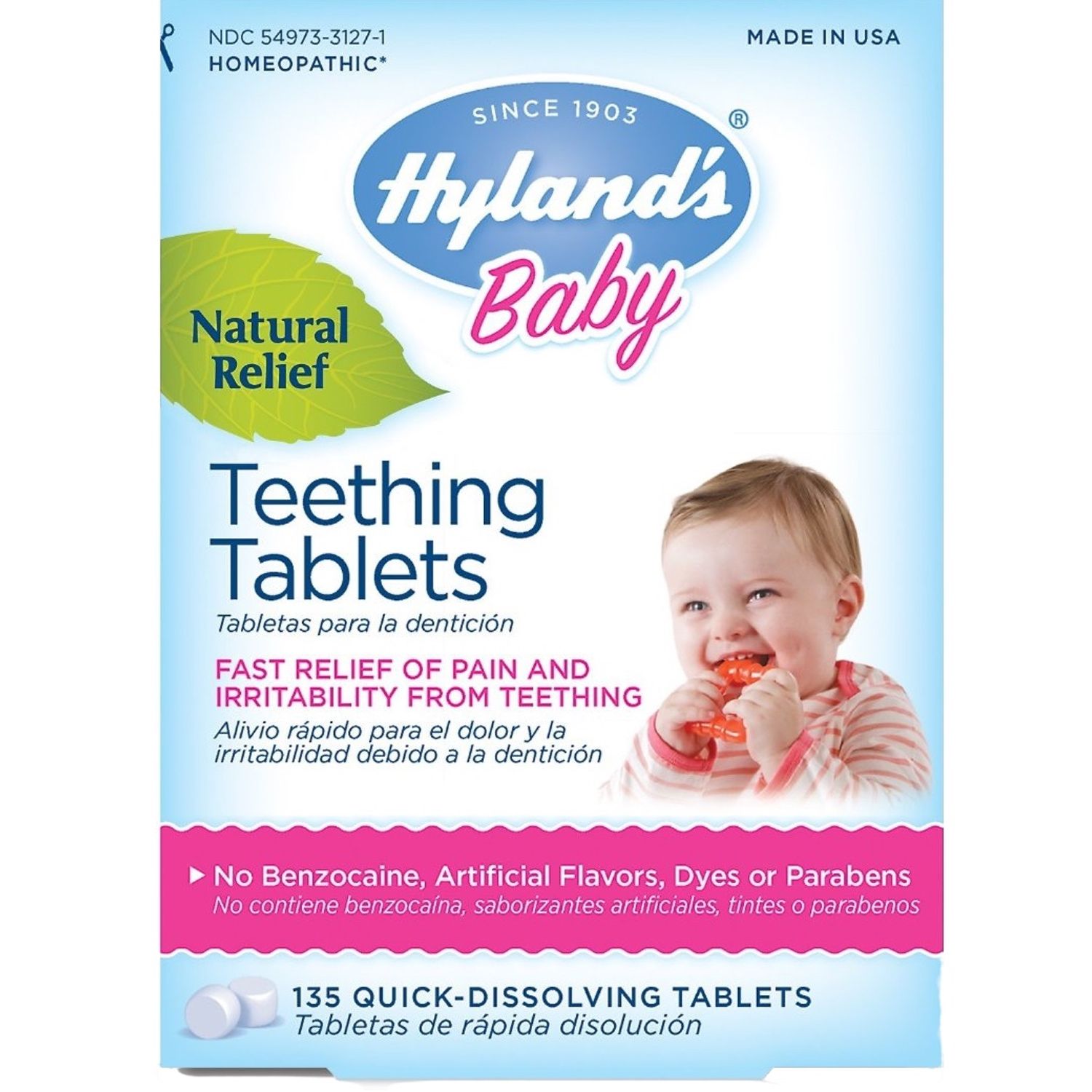 For example, if a baby is in pain:
For example, if a baby is in pain:
- they may cry or whimper and be unable to settle
- they may be tense, with clenched fists and may keep their arms and legs close to their chest
- they may be fidgety, agitated or have an disturbed wake / sleep schedule
- they may be pale, flushed or sweaty
- they may shut their eyes tightly, furrowing their eyebrows or have larger than normal pupils
As a parent, you know your child best — if you notice your baby sounds, looks or behaves in an unusual way and you are worried they may be in pain, seek medical advice.
A doctor or baby health clinic can check for other signs that your baby might be unwell, such as an unusual heart rate or blood pressure.
Pain during procedures
In the first year of life, your baby will undergo several medical procedures. These cause minor pain and distress, but they are very important since they help keep your baby well.
In the first 3 days of your newborn’s life, a small amount of blood will be taken from their heel.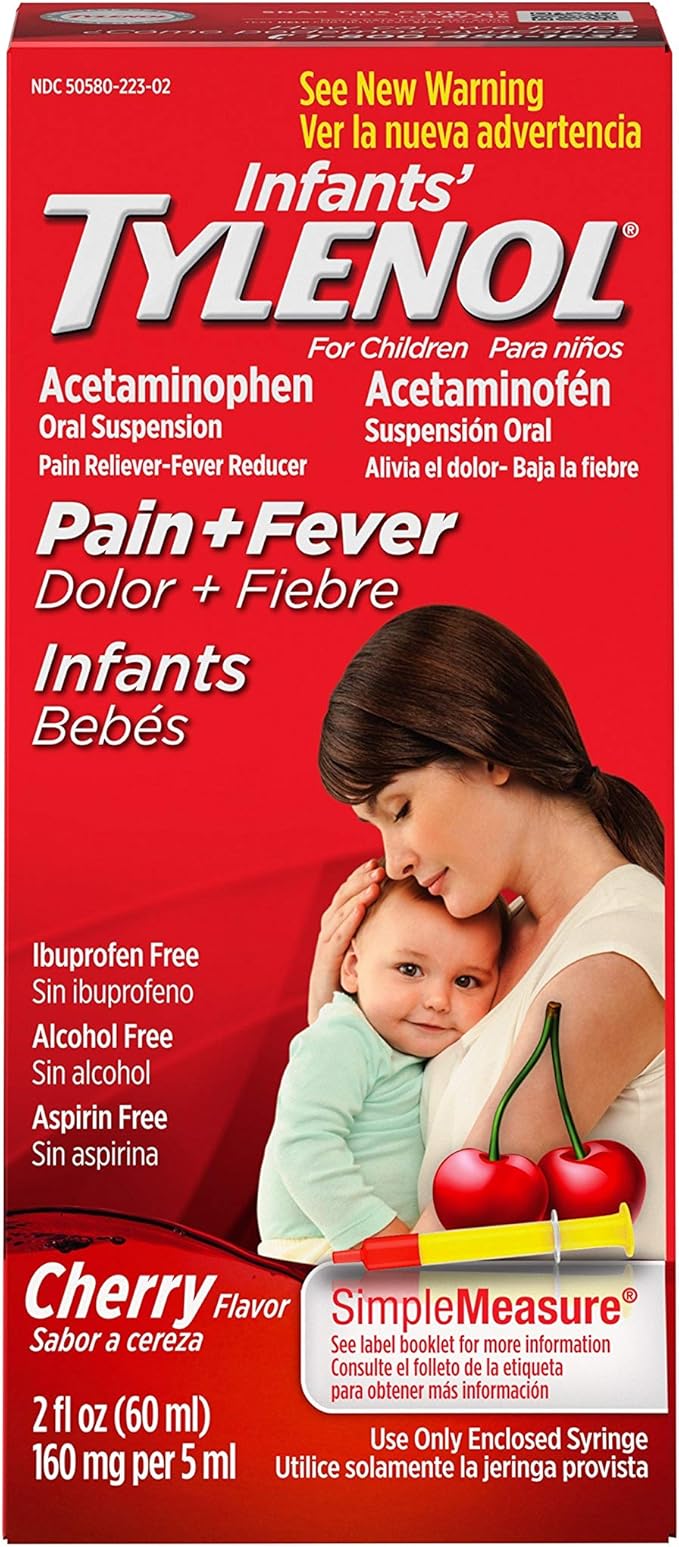 This newborn screening test (or ‘heel prick test’) is done to check for rare but serious conditions. You will also be offered a number of vaccinations, which help prevent some serious contagious diseases.
This newborn screening test (or ‘heel prick test’) is done to check for rare but serious conditions. You will also be offered a number of vaccinations, which help prevent some serious contagious diseases.
If your baby is born prematurely, or with a medical problem, they may also require blood tests, feeding tubes, intravenous (IV) lines, surgery or other medical procedures. While these procedures may cause your child some pain in the short-term, the aim is to ensure their long-term health and wellbeing.
How can I help my baby in pain?
You are one of the greatest sources of comfort to your baby, and just being close to them may have a calming effect.
Some good pain reducing techniques include:
- talking or singing to your baby
- taking your baby to a dark, quiet space
- swaddling your baby
- breastfeeding or offering your baby a dummy
- nappy changing
Other pain reducing techniques involve touching or holding your baby in a certain way. Useful techniques include:
Useful techniques include:
- tactile soothing (stroking your baby’s head and back softly)
- ‘kangaroo care’ (skin-to-skin contact between you and your child, where you are both covered by a blanket)
- holding your baby with both hands (to provide a feeling of security)
- letting your baby hold your finger
If your newborn undergoes a painful procedure, their doctor or nurse may suggest you breastfeed or hold your baby skin-to-skin if possible, or give them a sugar (sucrose) solution. These techniques are proven to have a calming and pain relieving effect on infants.
Video provided by Sharing Knowledge About Immunisation (SKAI)
When can I give my child medicine for pain-relief?
You can give your child medicines such as paracetamol and ibuprofen for short-term relief of symptoms such as pain or fever. While they won’t make the cause of the pain go away, they will make your baby feel and sleep better
While they won’t make the cause of the pain go away, they will make your baby feel and sleep better
- Paracetamol may be given from 1 month of age, every 4 to 6 hours in the correct dosage (based on age and weight), but no more than 4 times in 24 hours.
- Ibuprofen may be given from 3 months of age, every 6 to 8 hours in the correct dosage (based on age and weight), but no more than 3 times in 24 hours. If your child has a bleeding disorder, do not give them ibuprofen.
- Never give your child aspirin, unless specifically instructed by your doctor.
It’s important to make sure that you give your child the correct dose of pain medicines for the shortest period possible. Read the instructions on the pack carefully, as the amount your baby needs will be specific to your baby’s age and weight, and the strength of the formulation you buy. Giving your child too much medicine or giving it too frequently could be harmful.
Where can I get help?
Any baby or young child who is unwell or in moderate to severe pain should see a doctor to determine the source of the pain.
Do not give your baby or child paracetamol or ibuprofen for more than 48 hours without seeing a doctor.
Ask your pharmacist if you are unsure of the correct dose of medicine for your baby.
Speak to a maternal child health nurse
Call Pregnancy, Birth and Baby to speak to a maternal child health nurse on 1800 882 436 or video call. Available 7am to midnight (AET), 7 days a week.
Sources:
Royal Children\u2019s Hospital
(Neonatal Pain Assessment),
Government of South Australia
(Post-natal care),
Miracle Babies foundation
(Miracle Babies foundation),
Royal Children\u2019s Hospital
(Sucrose (oral) for procedural pain management in infants),
Royal Children’s Hospital Melbourne
(Pain relief for children – paracetamol and ibuprofen)
Learn more here about the development and quality assurance of healthdirect content.
Last reviewed: November 2022
Back To Top
Related pages
- Helping kids with medical procedures and hospital stays
- Breastfeeding your baby
- Immunisation and vaccinations for your child
- What is kangaroo care?
Need more information?
Pain management (acute) – children – Better Health Channel
If you think your child is in pain, always see your doctor for diagnosis and treatment.
Read more on Better Health Channel website
Children’s medicines and medications | Raising Children Network
When kids are sick, you want to help them feel better. But it can be hard to know whether children’s medicine and medications will help. Our guide explains.
Our guide explains.
Read more on raisingchildren.net.au website
Helping kids with medical procedures and hospital stays
Many children are worried by doctors, operations and hospital visits. Learn how you can help your child cope with medical procedures and comfort them.
Read more on Pregnancy, Birth & Baby website
ANZCA | Pain relief and having a baby
Labour is among the most painful human experiences.
Read more on ANZCA – Australian and New Zealand College of Anaesthetists website
Control of Pain in Children (Paediatric Pain Management) | HealthEngine Blog
Paediatric Pain Management: Paediatric Pain Management is the Control of Pain in Children. Pain can be associated with numerous paediatric diseases and conditions and the patient may require Paediatric Pain Management.
Pain can be associated with numerous paediatric diseases and conditions and the patient may require Paediatric Pain Management.
Read more on healthengine website
Making your child’s test or procedure less stressful – InsideRadiology
InsideRadiology provides free and easily accessible, accurate, up to date and credible information about medical imaging tests and procedures.
Read more on InsideRadiology website
As your baby grows – Having a baby – Services Australia
As your baby grows, keep their immunisations up to date. Discuss returning to work with your employer. Tell us if you’re returning to work.
Read more on Medicare website
Opioid (pain reliever) infusion | Sydney Children’s Hospitals Network
When children have strong pain due to surgery, injury or illness, they need constant pain relief
Read more on Sydney Children’s Hospitals Network website
Medicines for your child
Here is some practical and reliable advice about giving your sick infant or child medicine, including what is the right dosage and possible side effects.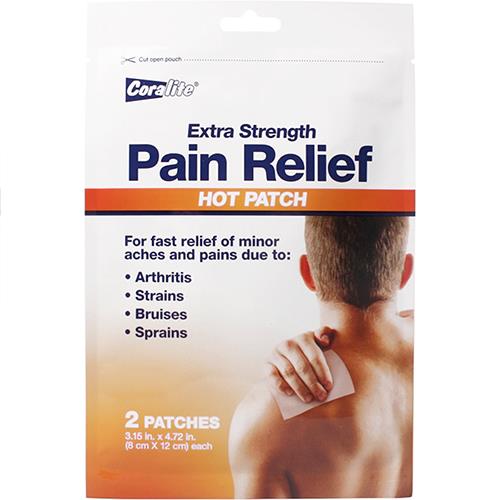
Read more on Pregnancy, Birth & Baby website
Community Child Health Program | WA Health
Community child health nurses support all families with young children. We provide a range of important free services to support families to raise happy, healthy children. We offer health and development assessments and screening, immunisation advice and support to families with young children.
Read more on WA Health website
Disclaimer
Pregnancy, Birth and Baby is not responsible for the content and advertising on the external website you are now
entering.
OK
Need further advice or guidance from our maternal child health nurses?
1800 882 436
Video call
- Contact us
- About us
- A-Z topics
- Symptom Checker
- Service Finder
- Subscribe to newsletters
- Linking to us
- Information partners
- Terms of use
- Privacy
Pregnancy, Birth and Baby is funded by the Australian Government and operated by Healthdirect
Australia.
Pregnancy, Birth and Baby’s information and advice are developed and managed within a rigorous
clinical governance framework.
This site is protected by reCAPTCHA and the Google
Privacy Policy and
Terms of Service apply.
Healthdirect Australia acknowledges the Traditional Owners of Country throughout Australia and their continuing
connection to land, sea and community. We pay our respects to the Traditional Owners and to Elders both past and
present.
This information is for your general information and use only and is not intended to be used as medical advice and
should not be used to diagnose, treat, cure or prevent any medical condition, nor should it be used for therapeutic
purposes.
The information is not a substitute for independent professional advice and should not be used as an alternative to
professional health care. If you have a particular medical problem, please consult a healthcare professional.
If you have a particular medical problem, please consult a healthcare professional.
Except as permitted under the Copyright Act 1968, this publication or any part of it may not be reproduced, altered,
adapted, stored and/or distributed in any form or by any means without the prior written permission of Healthdirect
Australia.
Support this browser is being discontinued for Pregnancy, Birth and Baby
Support for this browser is being discontinued for this site
- Internet Explorer 11 and lower
We currently support Microsoft Edge, Chrome, Firefox and Safari. For more information, please visit the links below:
- Chrome by Google
- Firefox by Mozilla
- Microsoft Edge
- Safari by Apple
You are welcome to continue browsing this site with this browser. Some features, tools or interaction may not work correctly.
How are children treated when they are in pain?
author: Dipl. -Biol. Maria Yiallouros, Erstellt am 2019/03/19, editor: Maria Yiallouros, Print permission: Prof. Dr. med. Dr. h.c. Günter Henze, Translator: Dr. Natalie Kharina-Welke, Last modified: 2019/03/19
-Biol. Maria Yiallouros, Erstellt am 2019/03/19, editor: Maria Yiallouros, Print permission: Prof. Dr. med. Dr. h.c. Günter Henze, Translator: Dr. Natalie Kharina-Welke, Last modified: 2019/03/19
https://kinderkrebsinfo.de/doi/e67771
Table of contents
- When can the pain begin?
- How is pain determined?
- How are children treated for pain in pediatric oncology?
Almost all children with cancer have pain that comes from the disease or from treatment. How strong these pains are and how long they remain depends on the specific individual situation.
When does the pain start?
Pain (such as headache) can be a symptom of the disease itself, i.e. cancer. But pain can also appear at a time when the child is undergoing treatment. For example, when certain types of diagnostics are done, or at certain stages of treatment (bone marrow puncture, or lumbar puncture). Pain can be a side effect/complication after chemotherapy [chemotherapy] and radiation therapy [radiotherapy] (i. e. it occurs when, for example, the mucous membranes become inflamed when the child has an infection [infection], this may be one of the reactions organism for irradiation). But even after the treatment is over, children and adolescents may experience pain. These pains are a distant complication of cancer or anti-cancer treatment.
e. it occurs when, for example, the mucous membranes become inflamed when the child has an infection [infection], this may be one of the reactions organism for irradiation). But even after the treatment is over, children and adolescents may experience pain. These pains are a distant complication of cancer or anti-cancer treatment.
Pain is one of the main problems in children with cancer.
How is pain determined?
Understanding how severe the pain is can be very difficult for the patient himself, and for his family, and for the doctors themselves. But it is this criterion that makes it possible to choose the most effective analgesic treatment. To assess the severity of pain in children, specialists choose different methods, which depend on the age of the sick child:
Infants and young children , for example, cannot report pain at all. But they have strange behaviors that can be used to assess how much pain bothers the child. For example, children begin to scream / cry, become restless, their sleep is disturbed, inadequate facial expressions appear, they begin to eat less or play less. Therefore, the pain assessment algorithm is based on careful observation of these changes.
For example, children begin to scream / cry, become restless, their sleep is disturbed, inadequate facial expressions appear, they begin to eat less or play less. Therefore, the pain assessment algorithm is based on careful observation of these changes.
older children and adolescents have the opportunity to ask where exactly it hurts and how it hurts, how often the pains begin. In doing so, the so-called “pain assessment questionnaires” have become a valuable aid. With their help, children, adolescents and / or their parents themselves can describe pain, focusing on a specially designed scale to determine the intensity of pain.
How are children treated for pain in pediatric oncology?
What kind of pain relief treatment will be depends on the specific situation. It could be medication. Non-drug treatments can also help.
Medical pain relief treatment
Methods of medical analgesic treatment include the use of painkillers (analgesics). They are given either in tablet form or administered intravenously. What kind of pain medication will be given depends on what kind of pain the child has, why they appeared and how intense they are. Sometimes ordinary painkillers, such as those used for headaches, or toothaches (such as paracetamol), are sufficient for treatment. But most often one has to resort to more potent drugs, for example, when it is necessary to treat complications on the oral mucosa (and they can be quite strong) arising from the anti-cancer treatment itself.
They are given either in tablet form or administered intravenously. What kind of pain medication will be given depends on what kind of pain the child has, why they appeared and how intense they are. Sometimes ordinary painkillers, such as those used for headaches, or toothaches (such as paracetamol), are sufficient for treatment. But most often one has to resort to more potent drugs, for example, when it is necessary to treat complications on the oral mucosa (and they can be quite strong) arising from the anti-cancer treatment itself.
If the pains are very strong, for a certain time, not very long, it is necessary to treat them with opiates, for example, morphine. At the same time, so that the child does not develop physical dependence, the drug is administered intravenously through a special infusion pump for the administration of pain medications. With the help of such a pump, the patient can inject the drug himself by pressing the dispenser button when he has pain. Doctors program their dose and quantity for each. They are limited and at the same time the consumption / consumption of the drug is controlled. Treatment is built for each child individually. The main goal is that the child does not have pain.
They are limited and at the same time the consumption / consumption of the drug is controlled. Treatment is built for each child individually. The main goal is that the child does not have pain.
When the bone marrow is taken for a puncture, children often perceive this procedure as painful. Therefore, such a practice has proven itself when children are punctured under short anesthesia. And thus, children do not have fear of the procedure, stress and pain.
How can pain be eliminated by non-drug methods?
Drug treatment of pain is complemented by various methods and techniques that help reduce pain. These include:
- techniques from behavioral psychotherapy (e.g. breathing technique, i.e. breathing exercises; exercises for deep muscle relaxation, professionally called “progressive muscle relaxation”)
- Cognitive psychology techniques (e.g. distract from pain with music or play; hypnosis; influence child through comfort and support)
- physical methods (for example, such touching or physical contact techniques as stroking a child, holding him, massaging him, rocking a child).
 The mere presence of loved ones can greatly reduce the pain.
The mere presence of loved ones can greatly reduce the pain.
Non-pharmacological techniques and techniques are an integral part of the treatment plan for children with cancer.
Main literature:
- Zernikow B: Schmerztherapie in der Kinderhämatonkologie, in Zernikow B: Schmerztherapie bei Kindern. Springer Medizin Verlag Heidelberg 3. Aufl. 2005, 217 [ISBN: 3-540-23728-3]
ZER2005 - Zernikow B: STOP dem Schmerz – Schmerz-Therapie in der Onkologischen Pädiatrie (STOP) – Ergebnisse eines bundesweiten Qualitätsmanagement-Programms. WIR Informationsschrift der Aktion für krebskranke Kinder e.V. (Bonn) 2004, 4:19[URI: http://www.kinderkrebsstiftung.de/ fileadmin/ KKS/ files/ zeitschriftWIR/ 2004_4/ stopdenSchmerz.pdf]
ZER2004
Antipyretic for children. From heat and pain.
08/27/2019
Preparations for fever and pain in children.
According to statistics, children under 4 years of age are considered frequently ill if they get sick more than 3-4 times a year. Between the ages of 4 and 7, they need to get sick more than 3 times a year to fall into this category. If a child gets sick less than 3 times, he can be considered an ordinary child. But what if the child is still sick?
Between the ages of 4 and 7, they need to get sick more than 3 times a year to fall into this category. If a child gets sick less than 3 times, he can be considered an ordinary child. But what if the child is still sick?
Read more in our article:
Antipyretics for children. From heat and pain.
First signs of a cold:
- Lethargy
- Drowsiness
- Decreased appetite
- Sleep disorder
- Cough and sneezing
- Nasal discharge
- Redness of the eyes
- Headache
- Temperature increase
- Enlarged lymph nodes
- Sleep disorder
First aid for colds:
- Drink plenty of water. Drinking plenty of water will help rid the body of toxins, as well as replenish the lack of fluid in the body and speed up the discharge of sputum from the bronchi.
- Chicken broth (from 6 months)
- Honey (from 12 months and in the absence of allergies)
- Rubbing.
 Wiping the body with a napkin or towel moistened with plain water or with the addition of vinegar. You need to dilute in the following proportion: 20 parts of water 1 part of vinegar. You can wipe the whole body
Wiping the body with a napkin or towel moistened with plain water or with the addition of vinegar. You need to dilute in the following proportion: 20 parts of water 1 part of vinegar. You can wipe the whole body - Bring down the temperature. If the temperature continues to rise, it must be reduced, as this can lead to convulsions
- Peace and sleep with minimal light and noise
At elevated temperatures, the body produces interferons, substances that help fight infection. It is usually recommended to give a child antipyretics if the thermometer shows 38 ° C and above, but here everything is individual. And if the child’s condition worsens, be sure to consult a doctor to avoid possible complications.
Reasons for choosing Maxicold for children:
COMPLEX THERAPEUTIC ACTION:
- Antipyretic. It is used as an antipyretic in infectious and inflammatory diseases, accompanied by an increase in body temperature
- Painkiller.
 Designed for mild to moderate pain, including headache and teething pain
Designed for mild to moderate pain, including headache and teething pain - Anti-inflammatory
MEDICINE QUALITY:
- The active substance in Maxicold for children is ibuprofen, which has been successfully used in medicine for over 50 years
- Recommended by the World Health Organization for widespread use in pediatric practice
WIDE FIELD OF APPLICATION OF MAXICOLD AS AN ANTYRETIVE:
- In case of acute respiratory diseases (colds, acute respiratory infections, SARS)
- Influenza, childhood infections (including such as chicken pox, rubella, whooping cough, measles, scarlet fever, mumps)
MAXICOLD FOR CHILDREN USED AS A PAIN RELIEF:
- Headaches
- Pain in the ears (including otitis media)
- Sprains and bruises
- Toothache (including teething)
- Neuralgia
- Sore throat (including angina)
Unlike preparations containing paracetamol as an active substance, Maxicold for children, in addition to analgesic action, also has anti-inflammatory activity.

 Sometimes their chin quivers. Even babies on breathing machines may do this.
Sometimes their chin quivers. Even babies on breathing machines may do this. Less light, noise, and activity at the bedside will often help calm your baby.
Less light, noise, and activity at the bedside will often help calm your baby. The mere presence of loved ones can greatly reduce the pain.
The mere presence of loved ones can greatly reduce the pain. Wiping the body with a napkin or towel moistened with plain water or with the addition of vinegar. You need to dilute in the following proportion: 20 parts of water 1 part of vinegar. You can wipe the whole body
Wiping the body with a napkin or towel moistened with plain water or with the addition of vinegar. You need to dilute in the following proportion: 20 parts of water 1 part of vinegar. You can wipe the whole body Designed for mild to moderate pain, including headache and teething pain
Designed for mild to moderate pain, including headache and teething pain